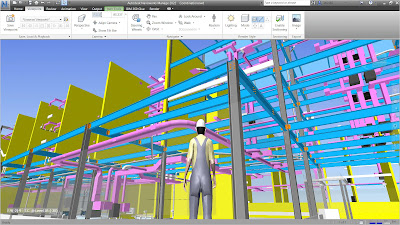India ended 2018 with a population of 1,352,617,328 people, which represents the increase of 13,958,493 people compared to the Indian population in 2017. The numbers clearly shows there is a huge increment in the population every year which leads us to problems like Increase in unemployment number, Increase demand of food products, Disturbance in land distribution majorly affecting the agricultural land etc. With the addition to these problems one more problem is growing rapidly in the country which is the number of blind people in the country. According to the Lancet Global Health Report (2015) 8.8 million people were found blind in India and another 47.7 million people were had moderate and severe vision impairment. It is predicted that the count of blind people will reach to 115 million people by 2050.
Causes of Eye Blindness
There are several causes of blindness which are clearly shown below in the form of pie chart.
Solution to the Problem
According to the survey total number of Average deaths everyday in India is approx 62,389 , it is predicted that if every person will donate his/her eyes within 11 days India would be a blind free nation. But only 25,000 eyes are donated every year by indians out of which 70% are only used (due to various reasons). The root cause of not donating the eyes is due to lack of awareness in people, also due to mythological beliefs and so on. But donating your eyes would help someone to see the world through your eyes after your death.
Who can be a eye Donor?
- It is practically possible to to donate eyes even after 1 year of age with no upper limit of age to donate the eyes.
- People who wear spectacles, who have undergone cataract surgery, diabetics and those who have hypertension can donate their eyes.
- People blind from retinal or optic nerve disease can also donate their eyes.
Note: The Ultimate decision about usage for transplantation will be made after evaluation by authorized doctors.
Who Cannot be a eye donor?
The person who cannot donate his or her eyes would be due to following reasons
- Death from unknown Cause.
- Death due to infectious caused viz Rabies, syphillis, Infectious hepatits and AIDS.
- Any frank ocular infection, previous refractive surgery.
Precautions to be Followed
There are certain precautions to be followed after the death of donor is as follows
- Eyes need to be collected within the first six hours of donors death. Therefore inform the nearest eye bank as soon as possible.
- After the donor's death close and covered his eyes with moist cotton.
- Raise the head end of the body by about 6 inches.
I request each and every individual to TAKE A PLEDGE TO DONATE YOUR EYES AFTER YOUR DEATH.
For more details contact your nearest Eye Bank Soon.















